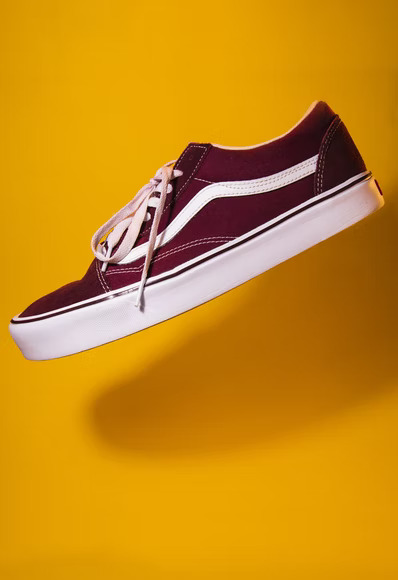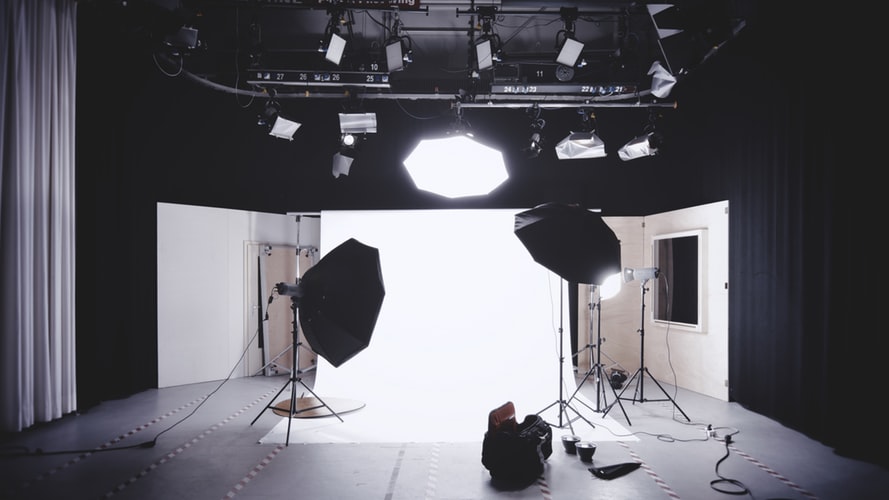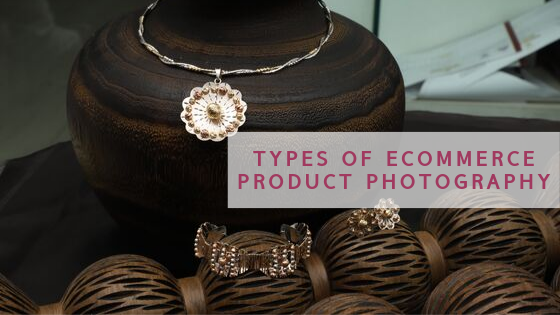It’s no secret that product videos can boost your website’s sales conversions. The beauty of videos is that they can be used for more than just demonstrating your goods in your business. Videos are the equal of an entire textbook or novel if a picture is worth a thousand words. Shooting a quality product video is not simple or something you can accomplish alone.
You are probably already short of time as a business owner, and you don’t want to add to that by spending additional hours creating a product video with little to no experience. After that, you must focus on planning and execution. Look at these easy instructions we’ve put together for you.
Find Your Strategy
If you read this, you probably believe video marketing is a critical component of your digital platform. Whether you make click-worthy product videos or explanation films for your company, you want them to be entertaining to get the most out of your money. The first impression you make of your consumers and prospects will be through your product video.
You don’t want it to be a poor effort or an afterthought. Consider capturing their interest with an excellent title sequence to get their attention to your product videos. To reach potential customers, you must develop a proper approach and convey everything in the video.
Decide and schedule the video.
There are various things available, ranging from blades to other essential product videos, and the market is already packed. However, how do you make your work stand out from the crowd? With a pleasing visual effect, a video produced by a production firm can help you attract your audience’s attention. If you need a video regularly, you can engage a video production business to make one for you. Your shots will be ready before you reach the building in the best-case scenario.
They must be proficient in shooting and filmmaking. While there are numerous advantages to employing a professional production studio, they must prioritize three key factors: customer service, cost savings, and brand awareness.
Now is the time to plan your shoot before you go ahead and do it. Making a shot list is a terrific method to get ready for your product video shoot. A shot list focuses on the essential shots for your company and establishes a strategy for executing those goals.
However, many things will go wrong during the filming process, so having a flexible shooting strategy can help you avoid wasting time going from place to place trying to obtain extra coverage for your commercial product videos.
B-Roll footage that you need
B-roll is any footage that isn’t directly related to your main subject. B-roll footage might contain images of delighted customers using your software product or an external shot of your offices, for example, if you create an explainer movie promoting your software product. Figure out what footage you will need throughout the pre-production phase to avoid scenarios where you will require video you don’t have.
It’s important to remember that there’s no such thing as too much B-roll. Now you can always use generic B-roll footage if you require a shot of something that would have been difficult or impossible to record yourself, such as aerial shots or footage from exotic locations.
Duration of your video content
It’s good to prepare a script for your product video that includes the most important features and benefits. Read it out loud and keep track of the time. The best product scripts are developed to keep the final product video under one minute or 45 seconds to 60 seconds is recommended. An excellent product video starts with a zoomed-out still of the product, then moves on to too few components, details, or features, and finally ends with a zoomed-out still picture.
This fundamental timeframe should be followed in your written script. Also, keep it constant across all videos so that viewers can grasp it easier. There are several key considerations to make, including backdrops and lighting. If you are demonstrating products, utilize a table covered in a white sheet and ensure the room is adequately illuminated.
Maintaining a consistent appearance across all your videos, just like building your brand, is essential, especially when showcasing or discussing multiple product brands for your product videos. In the second half of this post, we’ll discuss lighting conditions for video production.
Shooting Script
The most effective marketing films are the result of diligent planning and preparation. Consider putting together a storyboard and shooting script before even thinking about having your camera equipment ready. A shooting script is like a screenplay for your product video, and storyboarding helps you figure out exactly which shots you want before you start filming.
Once you have shot a few videos, edited them, and finalized them, you will be able to fine-tune your work both in the field and in post-production. You may decide to discard the first few films and create a better version once you have figured out your dos and don’ts. You don’t have to create a work of art for your storyboard. You don’t even have to sketch it.
Like a storyboard, you can utilize a sequence of still images, rough drawings or stick figures, whatever is the most convenient.
Also, avoid having your presenters remember pages and pages of the script; they aren’t actors, and requiring them to do so would almost certainly result in more errors than allowing them to stay in the context of the video.
Before recording, make sure you know what shots you will need for your commercial product videos. Remember that the more time you put into preparing your marketing video, the less likely, you will lose footage afterwards.
Avoid Conflicts Between Lights
Now that you have selected an inside location with good acoustics, you are ready to begin filming and shooting. Let’s imagine you are filming a product video or an explainer video with a member of your staff or any other character. Fluorescent lights mostly light the room, but there is one issue a wide window that allows plenty of natural light in.
Suppose you place your subject too close to the window. You may encounter a difficult-to-understand contrast in light sources, such as fluorescent overhead light with a high temperature and daylight with a lower temperature. This type of conflict is difficult to adjust to, and it’s something you don’t want to deal with when filming your product video.
Ensure your primary light source should be even and consistent everywhere you are shooting. If you are shooting indoors, stay away from windows. If this isn’t possible, place your subject far enough away from the windows so that the light doesn’t interfere with your shot to make your commercial product videos better.
.
Use the Rule of Thirds for all your videos
This method is intended to direct the viewer’s attention to the shot’s major points of interest. The viewer’s eye will naturally tend to the top-left origin point. Many individuals will spend more time there than on other sections of the image, making it a suitable spot to locate the main topic of focus in your photo or while filming movies for your commercial product videos.
This is a very conventional Rule of Thirds composition. While it may not appear particularly noteworthy, arranging your photo in this manner makes it a lot easier for the eye to interpret and results in a much more visually pleasing shot overall. To avoid mistakes or wasted time on the day of the shoot, make sure all of your presenters or subjects are aware of their expectations. Your viewer will not notice the shot’s composition since it simply works.
The Rule of Thirds can be used in almost any situation, including landscape photography. The horizontal lines can determine where the horizon line of your exterior photos should be and where your subject should be placed. Many cameras let you overlay this grid on your view, making it simple to frame your shot before or during filming.
Manually Set Your Camera
Now you must see that different light sources have varying temperatures, which must account for these differences by manually calibrating the camera’s white balance, which tells it about the true white that will appear in a given scene to avoid colour cast. Although many cameras offer an auto-white balance feature, understanding how to set it manually while shooting videos is highly recommended.
This eliminates relying on your camera to generate a properly colour-balanced photo for your product videos. You can discover how to do this by consulting your camera’s instruction manual. Even though the colour casting in your image is the effect you are after, shoot the scene with the proper white balance and modify the hue in post-production.
Don’t rely on sloppy camera movements to achieve a certain effect. Also, unless you are filming a Broadway musical, you should generally avoid putting your subject in direct sunlight. Primary light sources that are too bright or too dark might distort your image’s brightness and contrast and cast unattractive reflections on your subject. There are a variety of lighting techniques that can be utilized to generate various effects.
Shoot Multiple Times
Make sure you run through many takes on the day of the shoot. This gives you a safety net in case one of them goes wrong, and it also allows you to edit your final sequence together from multiple clips of the same sequence instead of relying on just one. It’s also a good idea to look into the site’s acoustics where you will be shooting.
Each shot must be static and focused on each aspect or product attribute you want to show. Stop, adjust the camera, focus on a close shot of the specific product, and record if you need to demonstrate multiple perspectives or shots while explaining.
During the recording, do not zoom in or out. Later, in video editing, you can merge the product sequence shots. Please don’t be hesitant to record from various angles because you can combine them all in post-production to create a superior product video.
Sound Effects
Add sound effects to your product story to achieve the best results possible. This adds context to what your customer sees and helps them grasp the emotion associated with your brand or product. After editing your product video, add a professional voice-over that was recorded in good quality with no background noise. Although not every product video requires background music, if you have chosen yours, do be cautious with your selections for your commercial product videos.
Remember that your recorded video won’t be noticed if you are merely employing copyrighted tunes in a short marketing video. It’s a clear copyright violation, and it could lead to a costly lawsuit, so proceed with caution and err on the side of caution. Make sure the music you are using is appropriate for your project. Certain songs and symphonic pieces can also be used if judged to be in the public domain.
Hopefully, this article has provided you with some pointers on avoiding common problems when creating your commercial product videos.



